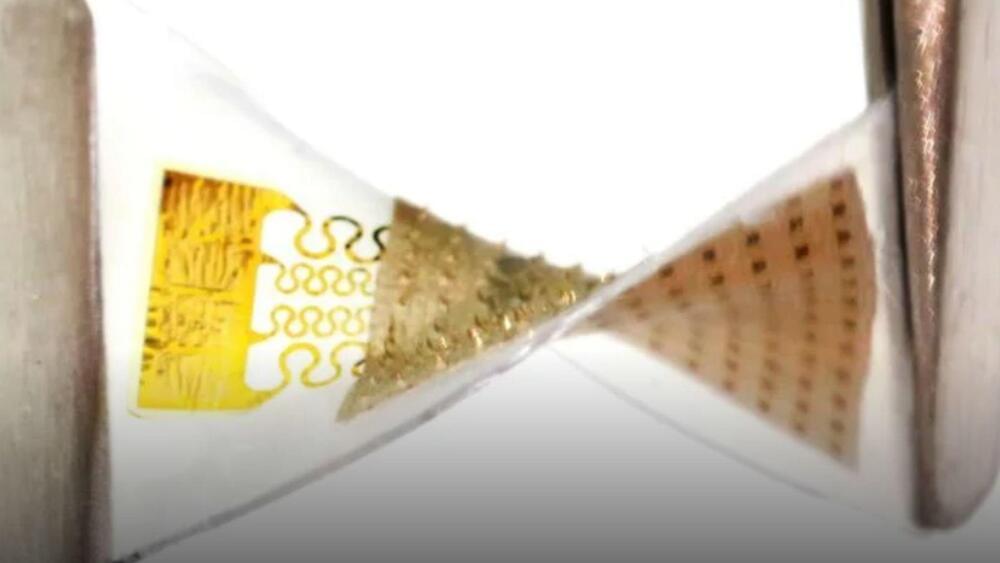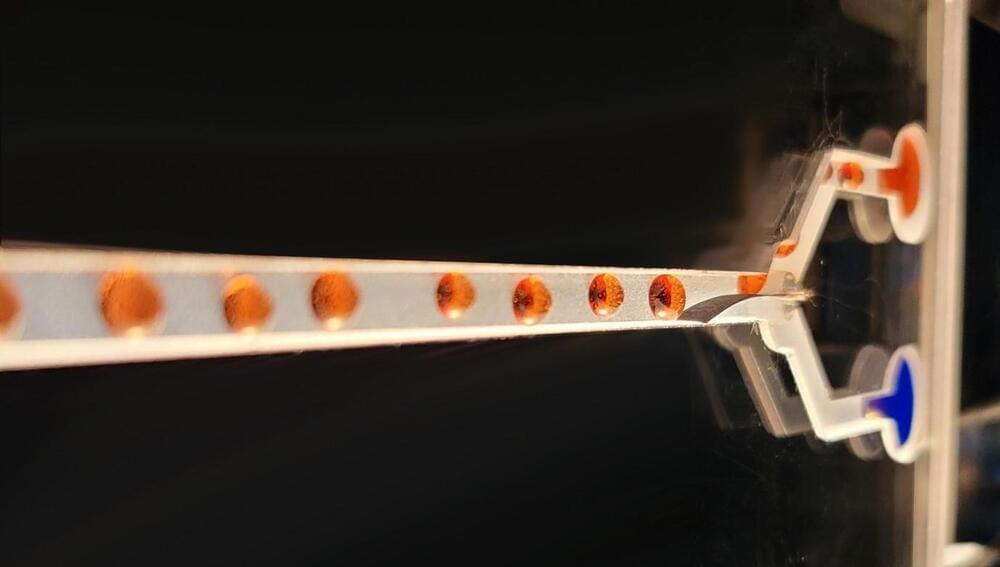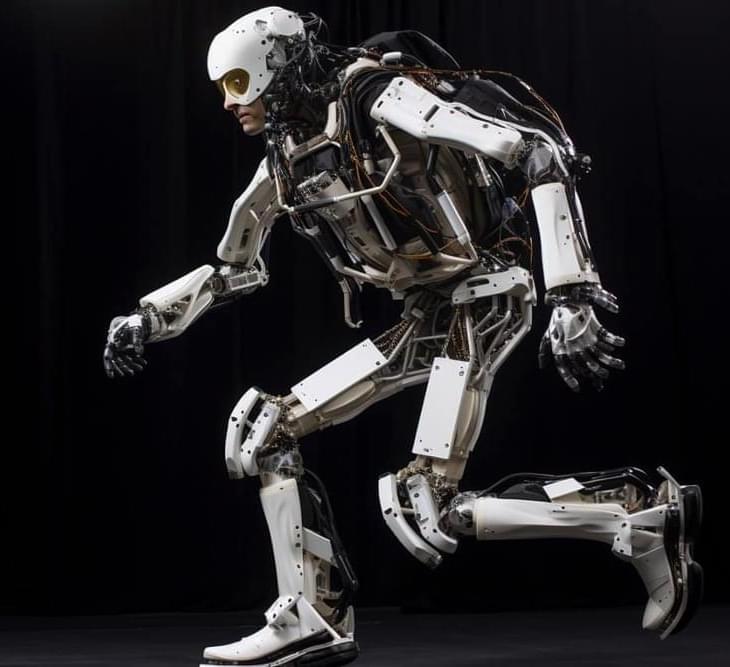There’s a real life bionic woman, and a mindblowing technological advancement has made her life a lot better.



To show one of the advantages of being a cyborg, I typed my old prescription into ZEISS Optical Inserts which are for use with the Apple Vision Pro and it said “We are really sorry, but your prescription values go beyond the available range.”
But now that I’m a cyborg with artificial lenses, any optical inserts that I might need are very common and available.
Oh, I experimented a little and it looks like they can’t make lenses for −9.75 diopters or worse. My left-eye used to be −17.25!
We need your eyeglass prescription to create your ZEISS Optical Inserts – Prescription (sometimes also called distance prescription). This is why we ask you to upload it.
Contact lens prescriptions or ones for task-specific uses (office or computer glasses, near reading glasses) don’t qualify.

SNAP’s 144 gold-coated silicon microneedles, each shorter than a hundredth of an inch, can bypass pain receptors and ensure comfort during prolonged wear.
Engineers from Korea and the United States have developed a wearable patch, which is slated to have the potential to further technologies related to human-machine interaction and healthcare.
Like a Band-Aid, the stretchable microneedle adhesive patch (SNAP) sticks to your skin and detects signals from muscles. In tests, people used it to control robotic exoskeletons better. These machines copy and improve the strength of human muscles and bones.
The collaborative study was led by Jianliang Xiao, an associate professor in the Paul M. Rady Department of Mechanical Engineering at CU Boulder, and Jaewoong Jeong, an associate professor in the School of Electrical Engineering at Korea Advanced Institute of Science and Technology (KAIST).
Researchers have overcome a major challenge in biomimetic robotics by developing a sensor that, assisted by AI, can slide over braille text, accurately reading it at twice human speed. The tech could be incorporated into robot hands and prosthetics, providing fingertip sensitivity comparable to humans.
Human fingertips are incredibly sensitive. They can communicate details of an object as small as about half the width of a human hair, discern subtle differences in surface textures, and apply the right amount of force to grip an egg or a 20-lb (9 kg) bag of dog food without slipping.
As cutting-edge electronic skins begin to incorporate more and more biomimetic functionalities, the need for human-like dynamic interactions like sliding becomes more essential. However, reproducing the human fingertip’s sensitivity in a robotic equivalent has proven difficult despite advances in soft robotics.
Researchers at ETH Zurich have developed lighter, safer artificial muscles that outshine their predecessors. These advanced actuators boast a unique shell structure and utilize high-permittivity ferroelectric material, storing significant electrical energy.
Operating at lower voltages, the new design offers enhanced safety, waterproofing, and durability. The team claims that the innovation marks a leap forward by enabling safer, more versatile artificial muscles that herald a new era in robotics and prosthetics.
Dubbed HALVE actuators, the new artificial muscles emerge from the collaboration of researchers led by robotics professor Robert Katzschmann at ETH Zurich. HALVE, short for “hydraulically amplified low-voltage electrostatic,” signifies a paradigm shift in actuator design, according to the team.
Researchers at ETH Zurich have recently developed artificial muscles for robot motion. Their solution offers several advantages over previous technologies: It can be used wherever robots need to be soft rather than rigid or where they need more sensitivity when interacting with their environment.
Many roboticists dream of building robots that are not just a combination of metal or other hard materials and motors but also softer and more adaptable.
Soft robots could interact with their environment in a completely different way; for example, they could cushion impacts the way human limbs do, or grasp an object delicately. This would also offer benefits regarding energy consumption; robot motion today usually requires a lot of energy to maintain a position, whereas soft systems could store energy well, too. So, what could be more obvious than to take the human muscle as a model and attempt to recreate it?

We are witnessing a professional revolution where the boundaries between man and machine slowly fade away, giving rise to innovative collaboration.
Photo by Mateusz Kitka (Pexels)
As Artificial Intelligence (AI) continues to advance by leaps and bounds, it’s impossible to overlook the profound transformations that this technological revolution is imprinting on the professions of the future. A paradigm shift is underway, redefining not only the nature of work but also how we conceptualize collaboration between humans and machines.
As creator of the ETER9 Project (2), I perceive AI not only as a disruptive force but also as a powerful tool to shape a more efficient, innovative, and inclusive future. As we move forward in this new world, it’s crucial for each of us to contribute to building a professional environment that celebrates the interplay between humanity and technology, where the potential of AI is realized for the benefit of all.
If you read and believe headlines, it seems scientists are very close to being able to merge human brains with AI. In mid-December 2023, a Nature Electronics article triggered a flurry of excitement about progress on that transhuman front:
“‘Biocomputer’ combines lab-grown brain tissue with electronic hardware”
“A system that integrates brain cells into a hybrid machine can recognize voices”

Soft robots, medical devices, and wearable devices are now common in our daily routines. Researchers at KAIST have created a fluid switch that employs ionic polymer artificial muscles. This switch functions with ultra-low power while generating a force 34 times its own weight. Fluid switches are designed to direct the flow of fluid, guiding it in specific directions to initiate different movements.
KAIST (President Kwang-Hyung Lee) announced on the 4th of January that a research team under Professor IlKwon Oh from the Department of Mechanical Engineering has developed a soft fluidic switch that operates at ultra-low voltage and can be used in narrow spaces.

The article repeats itself a bit but there’s some good parts about an exoskeleton, advanced algorithm and bipedal robots and prosthetics. It’ll basically apply to those future industries.
We typically don’t think about it whilst doing it, but walking is a complicated task. Controlled by our nervous system, our bones, joints, muscles, tendons, ligaments and other connective tissues (i.e., the musculoskeletal system) must move in coordination and respond to unexpected changes or disturbances at varying speeds in a highly efficient manner. Replicating this in robotic technologies is no small feat.
Now, a research group from Tohoku University Graduate School of Engineering has replicated human-like variable speed walking using a musculoskeletal model – one steered by a reflex control method reflective of the human nervous system. This breakthrough in biomechanics and robotics sets a new benchmark in understanding human movement and paves the way for innovative robotic technologies.